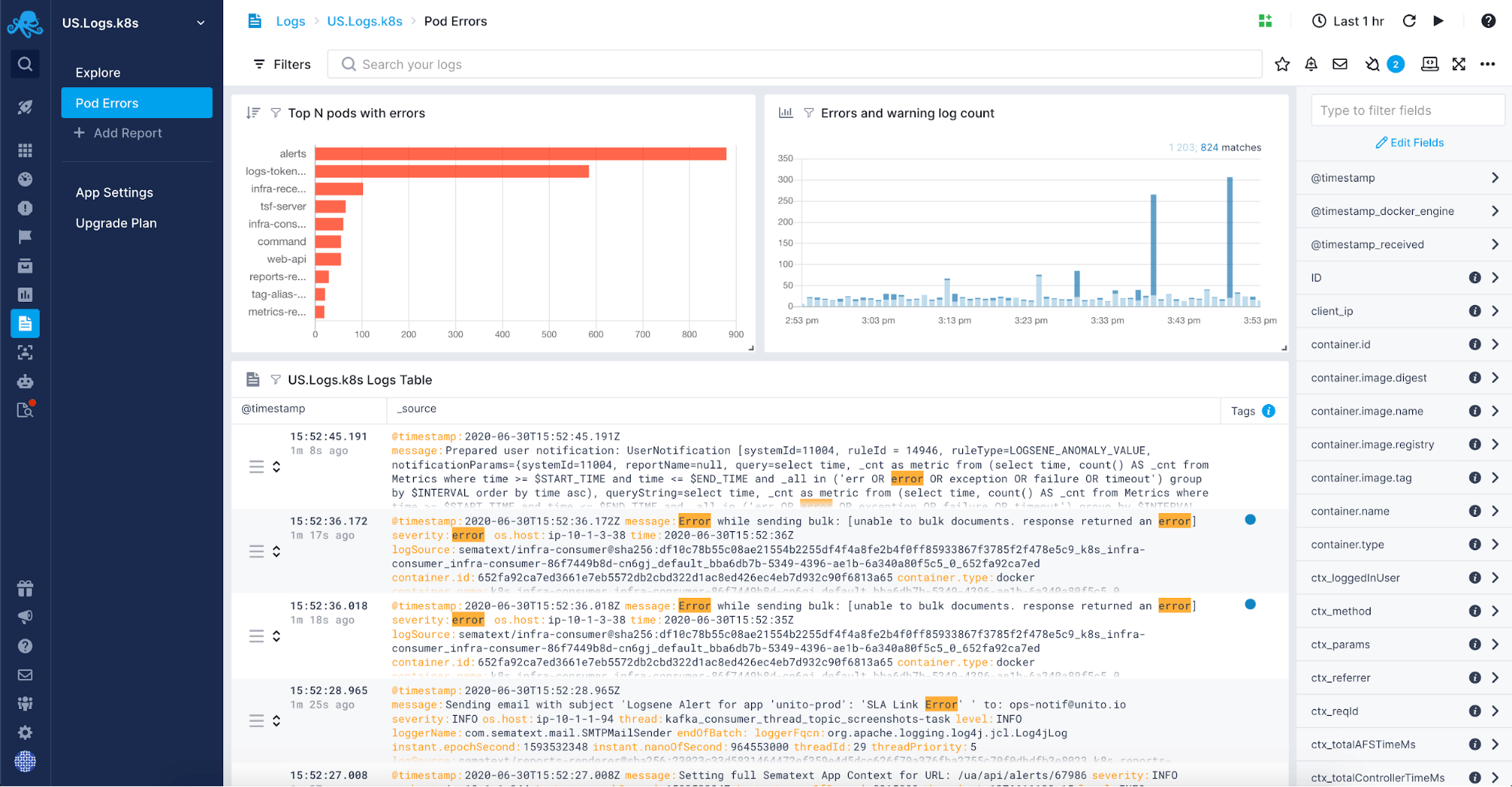
Give the secret a name to identify its purpose and select an Expires duration. Select Certificates & secrets and then New client secret.
#JAVA LOG FILE MONITOR PASSWORD#
You now need to generate an application client secret, which is similar to creating a password to use with a username. You'll need these values later in the process. Note the Application (client) ID and the Directory (tenant) ID. Once registered, you can view the details of the application. Give the application a name and change the tenancy scope if the default is not appropriate for your environment. Any ARM authentication scheme is supported, but this will follow the Client Credential Grant Flow scheme for this tutorial.įrom the Azure Active Directory menu in the Azure portal, select App registrations and then New registration. Start by registering an Azure Active Directory application to authenticate against the API. Once the configuration is complete, you'll send sample data from the command line and then inspect the results in Log Analytics. The data will further be converted with a transformation in a data collection rule (DCR) that filters out records that shouldn't be ingested and create the columns required for the table that the data will be sent to. This will require a script to convert this data to the JSON format that's required for the Azure Monitor logs ingestion API. In this tutorial, you'll use a PowerShell script to send sample Apache access logs over HTTP to the API endpoint.

We can create our own custom handlers also to perform specific tasks. FileHandler: This handler writes all the logging messages to file in the XML format.ConsoleHandler: This handler writes all the logging messages to console.There are two default handlers provided by Java Logging API. We can add multiple handlers to a java logger and whenever we log any message, every handler will process it accordingly. For example if logger level is set to INFO, logs will be generated for INFO, WARNING and SEVERE logging messages. The logs will be generated for all the levels equal to or greater than the logger level. We can set the logger level using following code: tLevel(Level.FINE) There are two other logging levels, OFF that will turn off all logging and ALL that will log all the messages.

There are seven levels of logging in java. defines the different levels of java logging.
#JAVA LOG FILE MONITOR CODE#
We can create java Logger with very simple one line code as Logger logger = Logger.getLogger(M圜())


is the class used to log application messages in java logging API. We will also look into Java Logger example of different logging levels, Logging Handlers, Formatters, Filters, Log Manager and logging configurations. In this java logging tutorial, we will learn basic features of Java Logger. Java Logging API was introduced in 1.4 and you can use java logging API to log application messages. Java Logger provides logging in java programming.


 0 kommentar(er)
0 kommentar(er)
